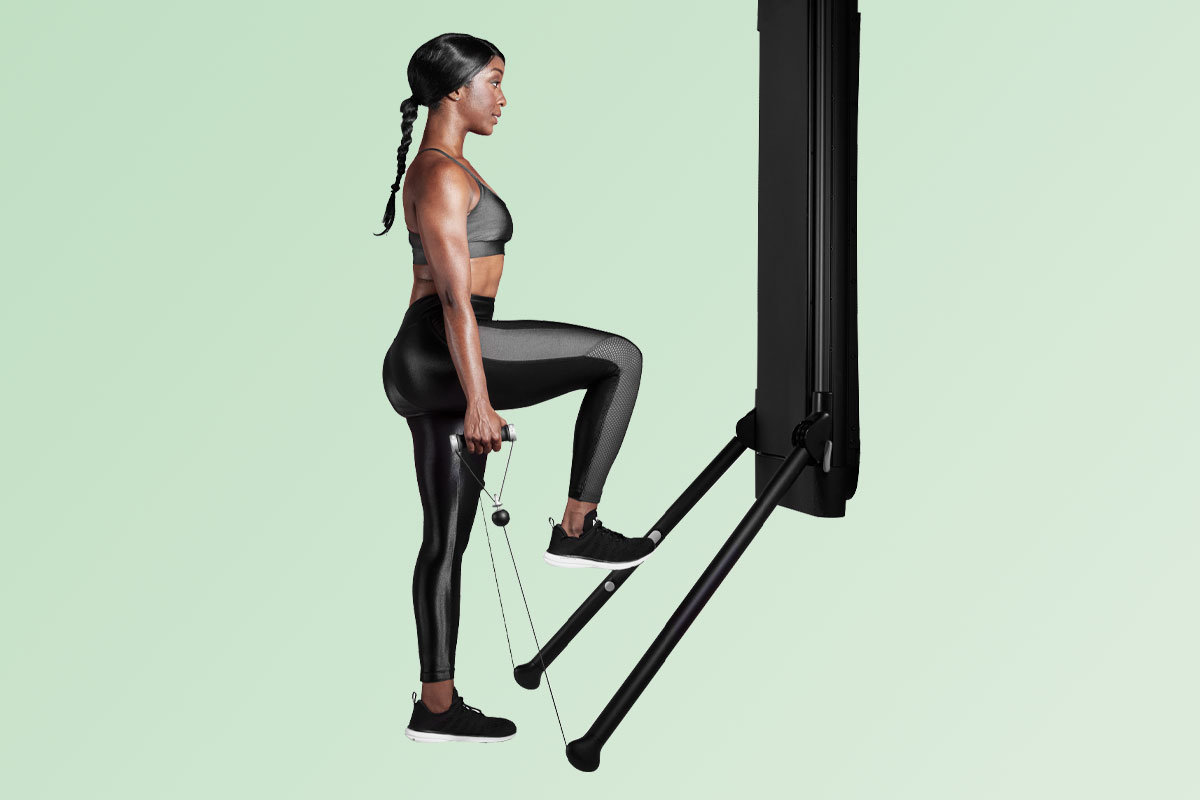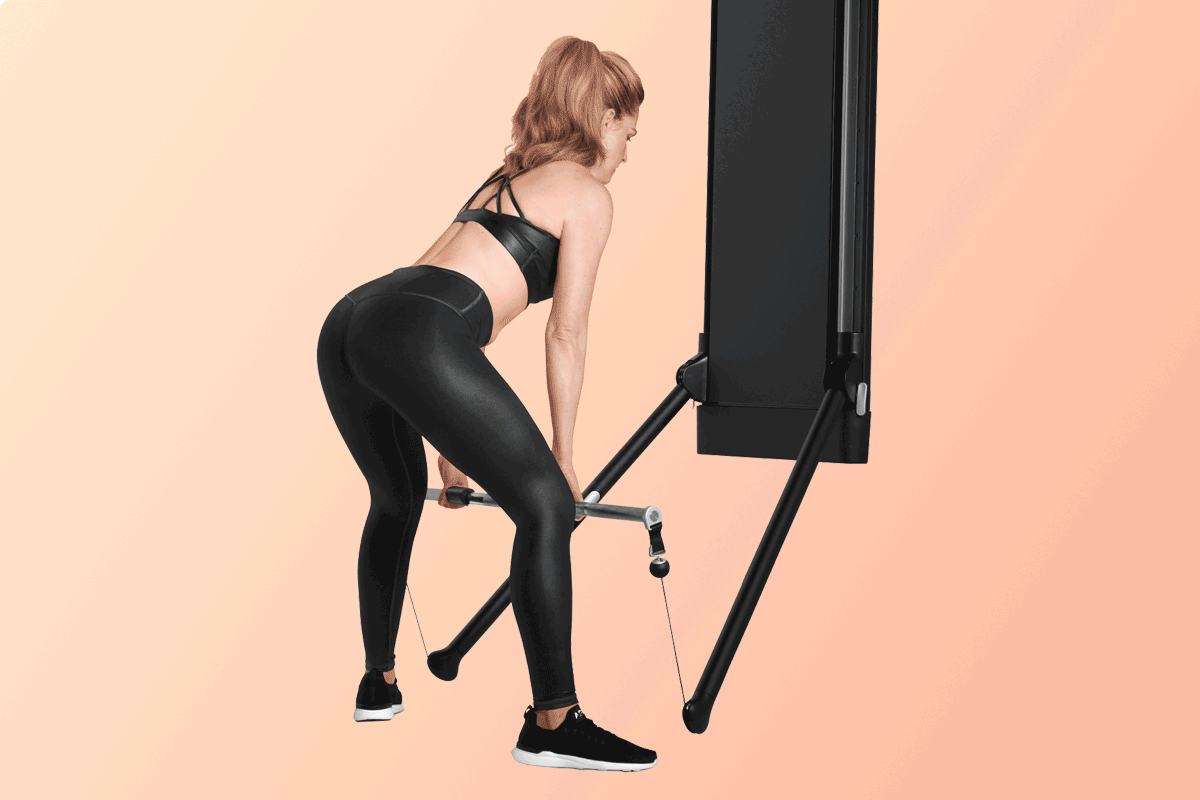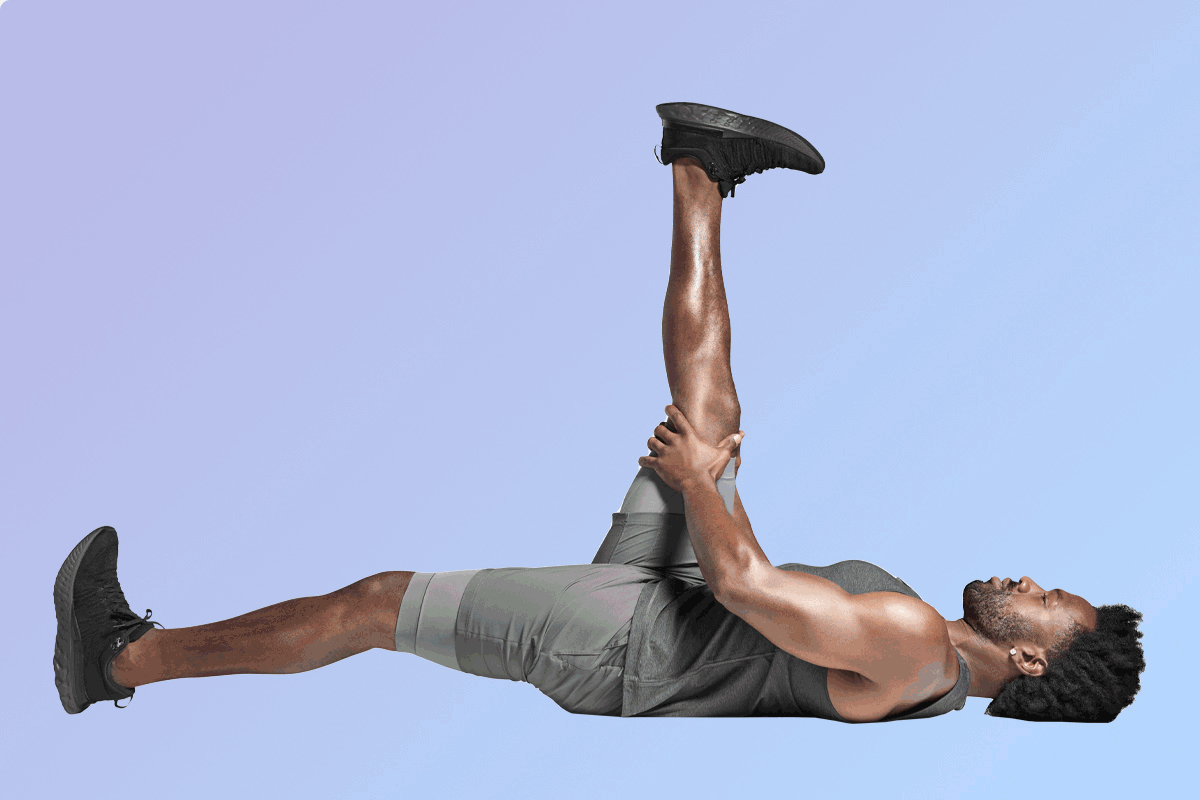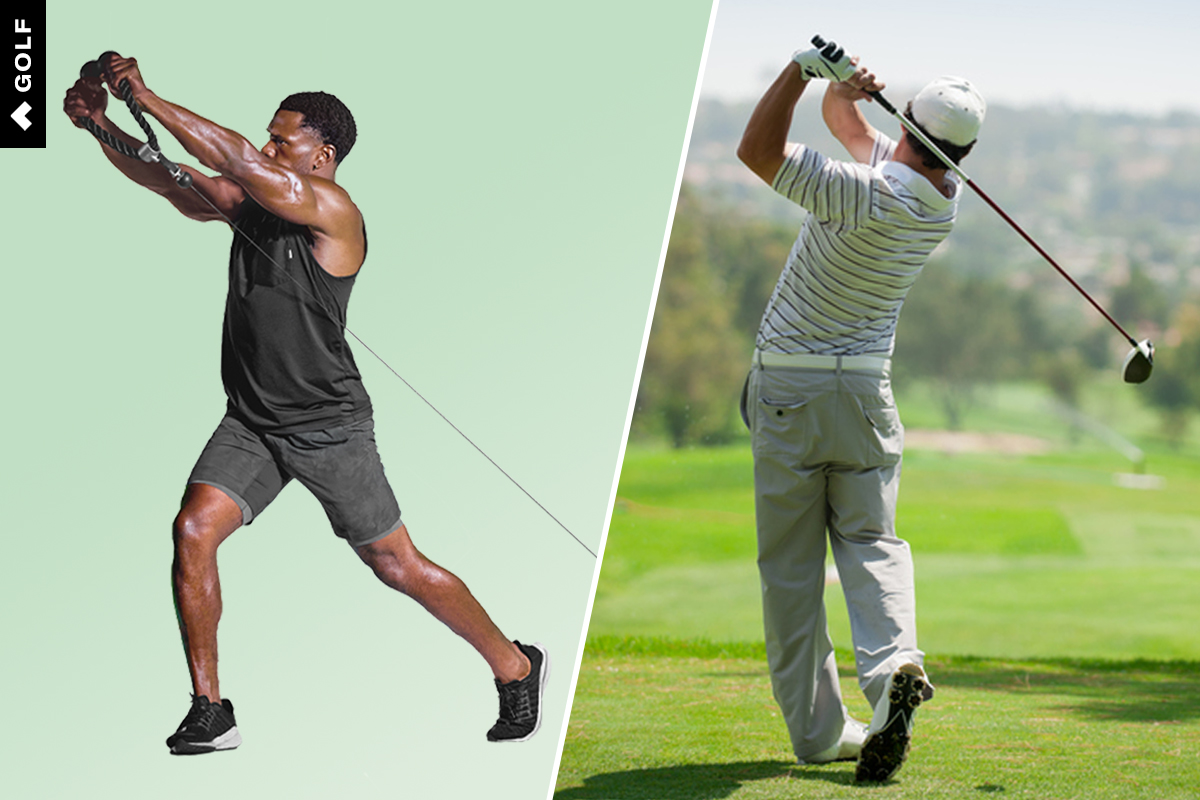Improving your posture isn’t just about sitting up straight.
Tech neck. Slouchy shoulders. That pain in your back from sitting at your desk all day. Poor posture shows up in a variety of ways, but it turns out, “sitting up straight” isn’t enough.
In fact, there is no universal “right way” to sit to protect your back. A review of studies on the topic failed to find a consensus linking any particular posture, including so-called “awkward postures,” with lower back pain.
“There’s this notion of good posture versus bad posture, and I want to quash that,” says Tonal Coach Liz Letchford, a board-certified athletic trainer who holds a PhD in kinesiology and rehabilitation science. “There is an optimal posture for each of our bodies.”
What’s the optimal posture for you? Coach Liz says you’ll know you’ve found it when you feel “strong and grounded while moving with ease.” In her Posture Checkup workout on Tonal, Coach Liz walks you through the steps of finding your optimal posture from head to toe.
To best access your optimal posture, it’s important to strengthen your postural muscles—including your lats and abdominals—to build a stronger core that supports your spine.
Working on your postural muscles can also benefit your performance in your workouts. When you’re in your personal, optimal posture, you can move efficiently without wasting any energy. As Coach Liz explains, “Tapping into your optimal posture will help you improve your power output, improve your strength on Tonal, and, as a result, may decrease your risk for injury.”
Although research is mixed, Coach Liz says anecdotal evidence suggests a strong posture may also inspire confidence. “When you embody this strong posture, you’re able to show up in the world with a proud chest, standing tall, and feeling grounded,” she says. “That translates into showing up more confidently, whether it’s for family, your job, or a big presentation.”
Try the exercises for better posture below to target the different muscles that support you no matter how you move.
1. Half Kneeling Single-Arm Row

Why it Works: “Pulling movements are helpful in reinforcing the strength of your posterior chain, which is what keeps you upright, moving forward, and standing tall,” says Coach Liz. By pulling weight toward your torso in this move, you strengthen the muscles of the back that are important for maintaining your optimal posture.
How to Do It: Start facing the Tonal in a half-kneeling position with knees bent at 90-degree angles. Using your back, pull the handle toward the ribcage with your palm facing your body and your elbow aiming at the wall behind you. Extend your elbow to straighten your arm and return to the starting position, then repeat.
2. Seated Lat Pulldown

Why it Works: As the largest muscles in your upper body, the lats play a huge role in stabilizing your spine. This move strengthens the lats while engaging your shoulders.
How to Do It: Using your back, pull the handles to the outside of your shoulders. Bend your elbows like there are magnets on your elbows and ribcage. Slowly control the weight back to start and repeat.
3. Reverse Fly

Why it Works: Both Coach Liz and Josh Clay, a certified strength and conditioning specialist and Fitness Programming Specialist at Tonal, recommend this move that hits the muscles of the upper and middle back. Clay likes how the reverse fly targets the rhomboids, which assist with shoulder rotation as well as posture.
How to Do It: Stand facing Tonal. Take the left handle in the right hand, and the right handle in the left hand. Bring your hands in front of your chest with arms slightly bent. Using your back and keeping distance between your shoulders and ears, open your arms back to the wall behind you until the elbows are in line with the shoulders. Bring your arms back to center like you’re hugging a beach ball in front of your chest and repeat.
4. Standing Face Pull

Why it Works: When you’re working the back, Clay says it’s important to utilize movements with a variety of elbow positions to strengthen the muscles from all angles. The standing face pull gets the shoulders and neck involved, too.
How to Do It: Using the shoulders and back, pull the rope toward your ears by aiming your elbows wide to the wall behind you. Slowly move your hands forward to finish.
5. Barbell Bent Over Row

Why it Works: One of Clay’s top moves for strengthening the postural muscles, the barbell bent over row works the whole posterior chain.
How to Do It: Grab the bar with palms facing up. Take one small step back from the end of Tonal’s arms and stand tall. Get into a hip hinge position by bending the knees softly and reaching your glutes back to the wall behind you as you hinge your torso forward. Pull the bar to your navel using your back and aim your elbows to where the ceiling meets the wall. Keep control of the weight using your back as you lower the bar and repeat.
6. Farmer March

Why it Works: As Clay explains, the core muscles have two functions in supporting your posture: stabilizing your spine and transferring force across the body. If you have trouble engaging your core, Coach Liz recommends this move for firing up the abdominal muscles that work to keep you upright.
Clay likes the farmer march because it also engages the shoulders and hips, while standing on one leg forces you to stabilize your pelvis.“Anything that challenges your ability to maintain posture is going to be a great exercise,” he says.
How to Do It: Stand between Tonal’s arms. Take a handle in each hand with your arms at your side. Slowly drive one knee up toward the ceiling, balancing on the opposite leg. Alternate legs.



